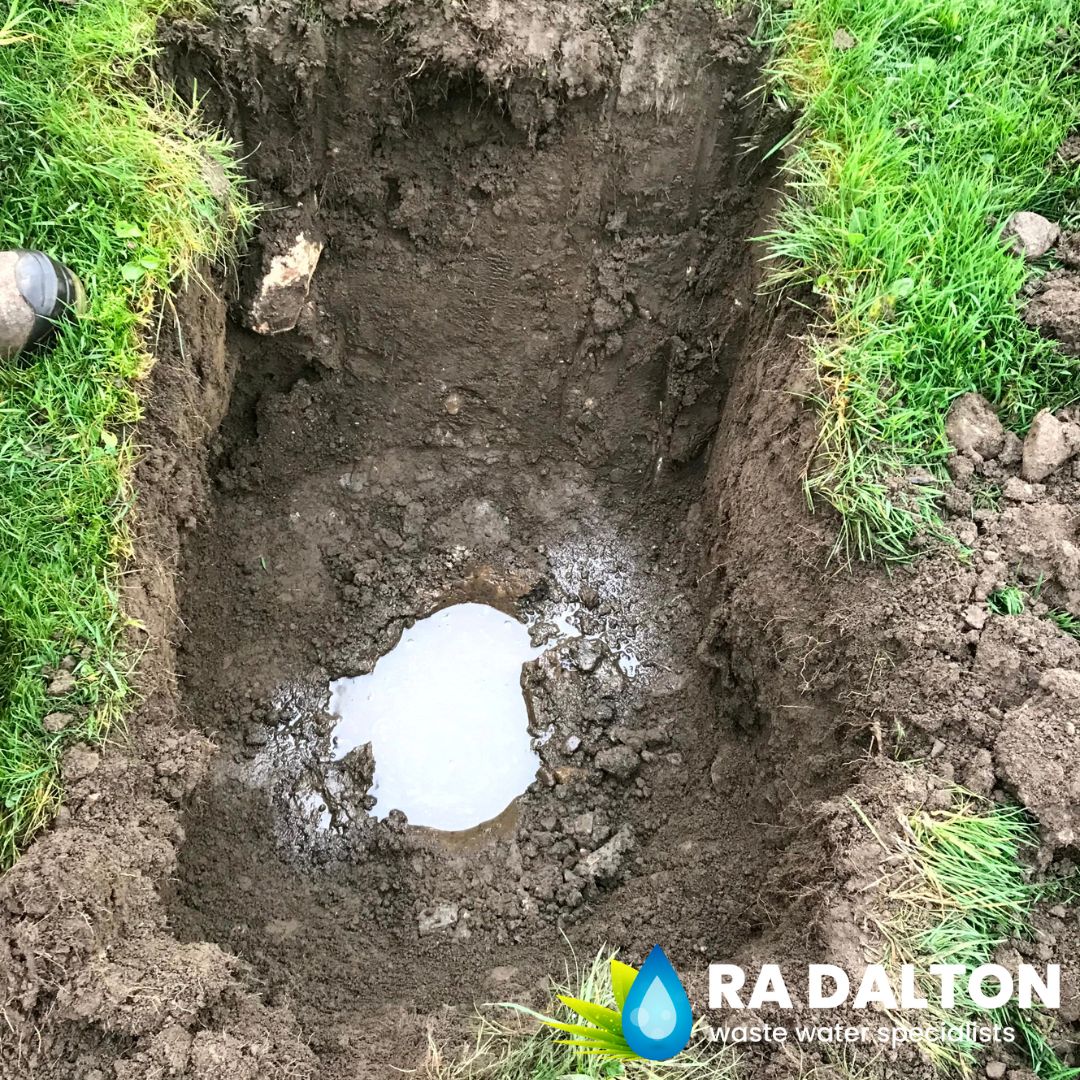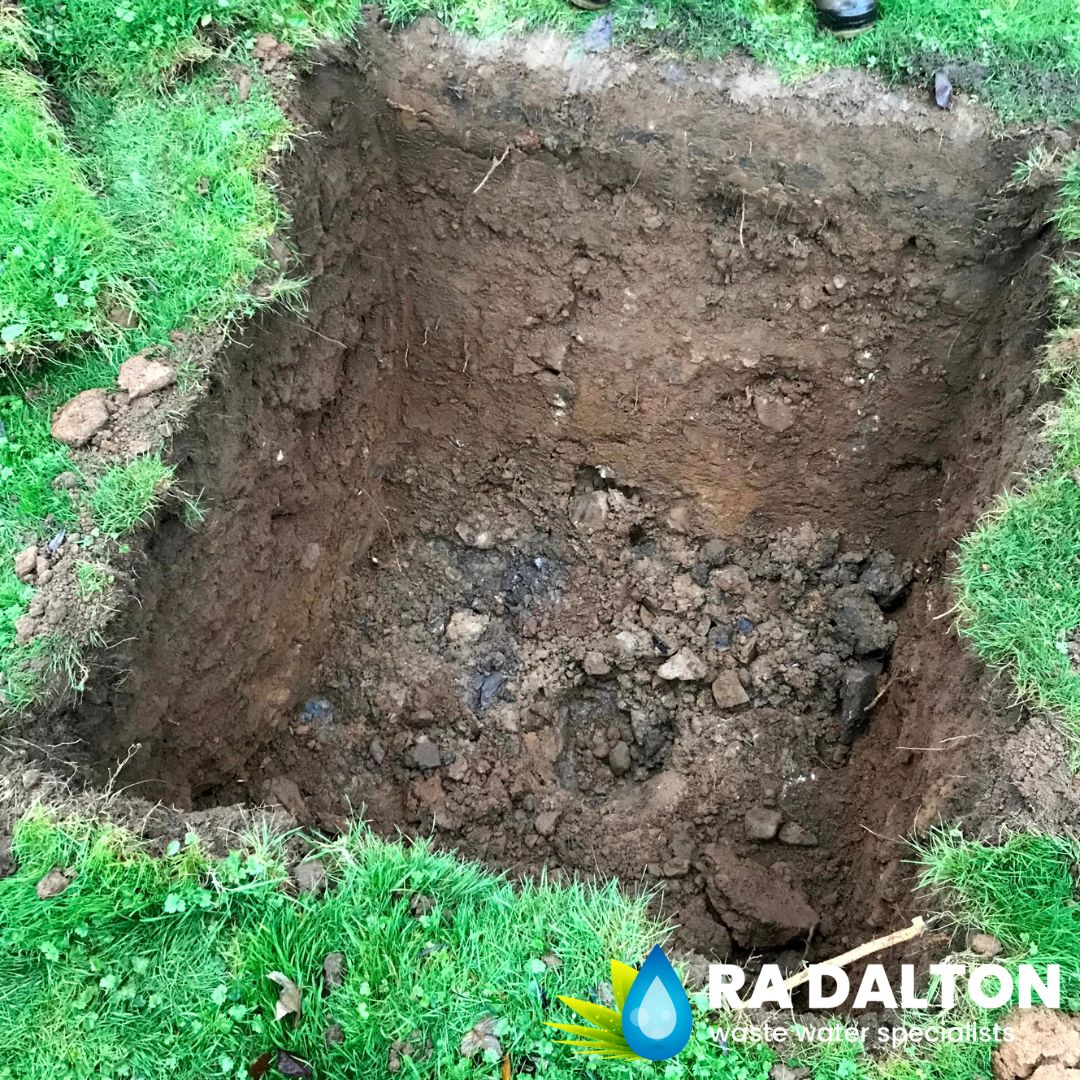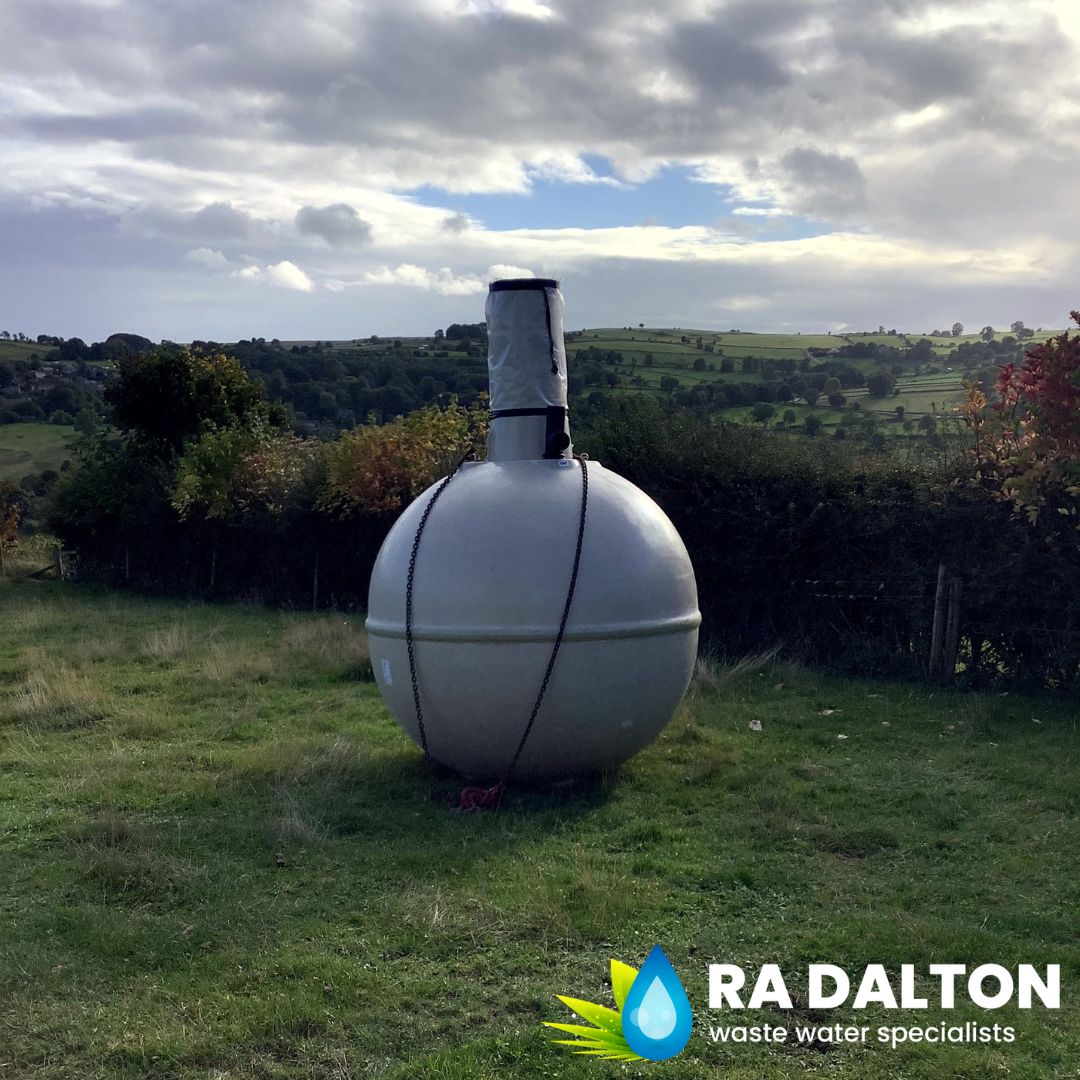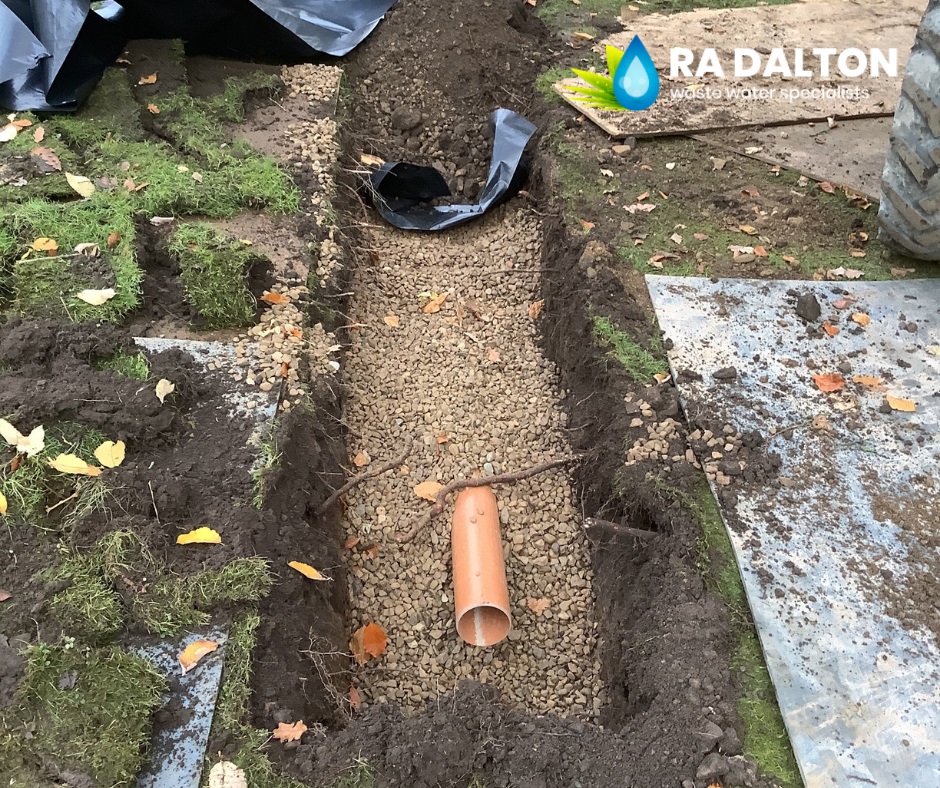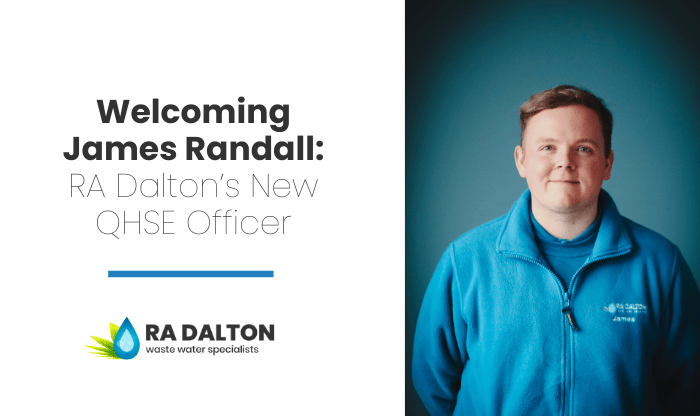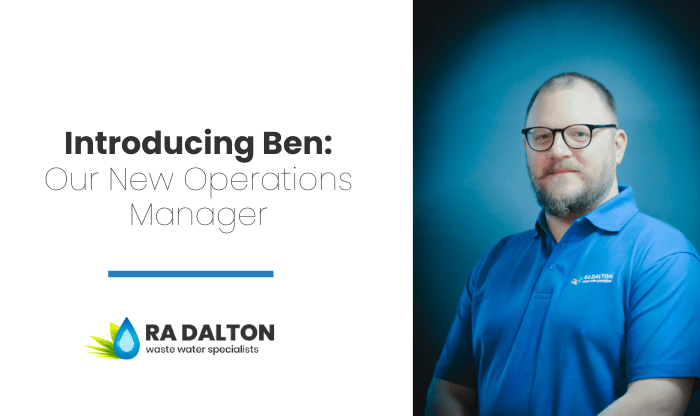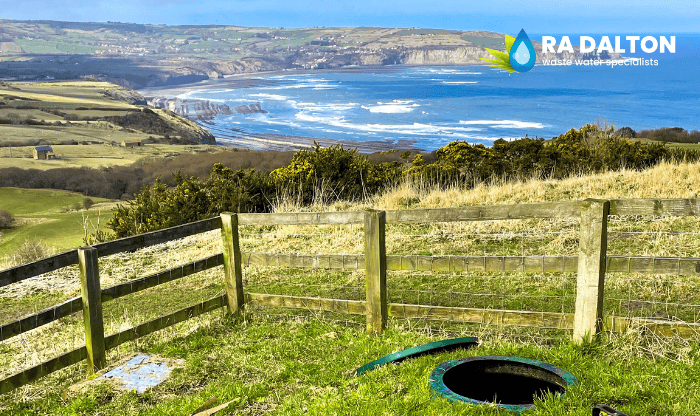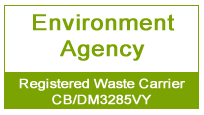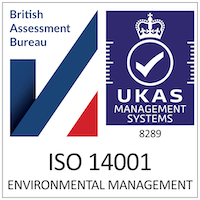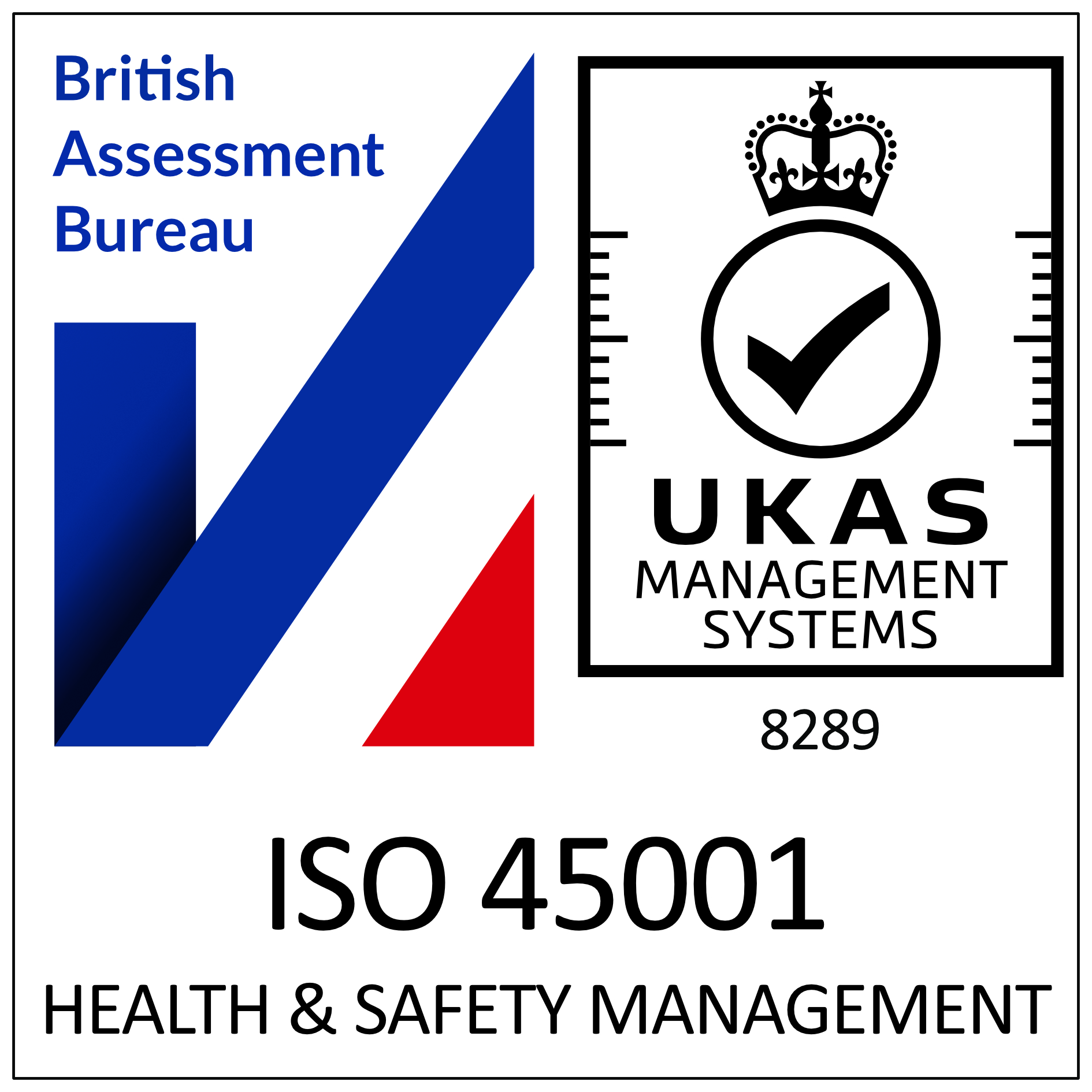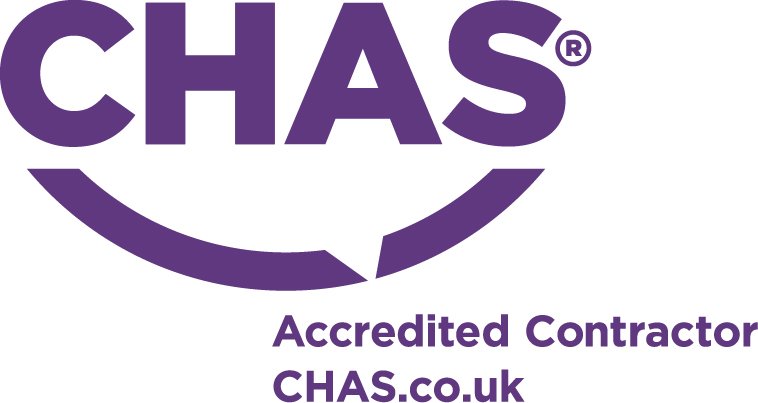Latest sewage & wastewater news
RA Dalton Ltd are the Klargester number one accredited installer covering the whole of the UK.
To drain or not to drain, that is the percolation question.
Working in the wastewater or construction industry can often give you a newfound appreciation for the different layers of earth that build up to ground level, across the world a combination of rocks, sands, clays and soils can be found dependent on the area the works are taking place. It is only once excavation works start on site that you can begin to identify the consistency, depth and water level present in each area.
More than just being the difference between a straightforward installation and a complicated once, this can also determine the feasibility of the proposed scope of works. When you are looking to install a new sewage treatment plant/ septic tank with a discharge to ground or just a new drainage field, the permeability of the organic subsoil is vital for the appropriate dispersal of the outfall.
Part H Building Regulations.
Whenever guidance is sought on anything to do with the installation of drainage or a new wastewater system the first port of call is to check the ‘Building Regulations 2020 Drainage and Waste disposal approved document H (2015)’ which outlines a comprehensive list of guidance on everything from drainage fall requirements to how to carry out percolation tests.
There is also further elaboration on what is required from an installation to comply with Building Regulations, however within the document it does clarify that this is to be used a guide and despite the comprehensive nature of the contents there are still circumstances in which compliance can be achieved without following it to the letter.
Percolation tests.
Before any percolation tests are carried out, we would always recommend that a scope of works has been detailed including the proposed new septic tank/ sewage treatment plant capacity and location, location of the proposed new drainage field and also the estimated depth in which the soakaway will need to be installed to.
Once this has been outlined the locations for the trial digs will need to be identified, there should always be at least two trial excavations approximately 300mm square and 300mm below the proposed depth of the outfall pipework. For larger systems or in the case of uncertainty on the drainage field location we would always recommend more trial digs are carried out.
Before the excavations are filled with water you can usually get an idea of whether percolation will be attainable or not. Regardless of the subsoils you encounter the biggest red flag for percolation value is clay, with limited permeability this will allow little to no water disperse meaning a drainage field would not function as designed.
Regardless of the ground conditions we would always recommend that the tests are carried out in their entirety as even if the conditions look good, they can sometimes throw a real curveball!
Drainage field – the secondary treatment.
Once the excavations are to the desired depth you will need to fill the excavation up to 300mm deep with water and ideally leave overnight to soak away, the following morning you should repeat filling the excavation up to approximately 300mm deep. At this point you have a new challenger to contest the nature of watching paint dry, you will need to observe how long it takes (in seconds) to drain from 75% to 25%, then refill! This should be done at least three times to get an average value across the tests which can account for the changes in surface water interference across the seasons and variations in flow.
Once you have the time taken to drain 50%, divide the time by 150 (accounts for the depth lowered), this will give you your Vp for the water to drop 1mm. An average will then need to be taken across all excavations to be able to calculate the desired size of the drainage field.
To then calculate the size of the drainage field required you will need to use the following calculation:
At (Area in metres) = p (population of the unit) x Vp (Percolation value) x 0.25
It is important to note that drainage fields should ideally only be used where the percolation value is between 12 and 100, the lower criteria would mean that the untreated effluent disperses too quickly and may be a potential factor in groundwater contamination. Over 100 would mean that the ground is incapable of handling the water dispersal and would be ineffective in treating to an appropriate level.
Here at R A Dalton we can offer a full package installation including, design, sizing and even the nitty gritty calculations! Why not give us a call on 01388 537030 for more information!

